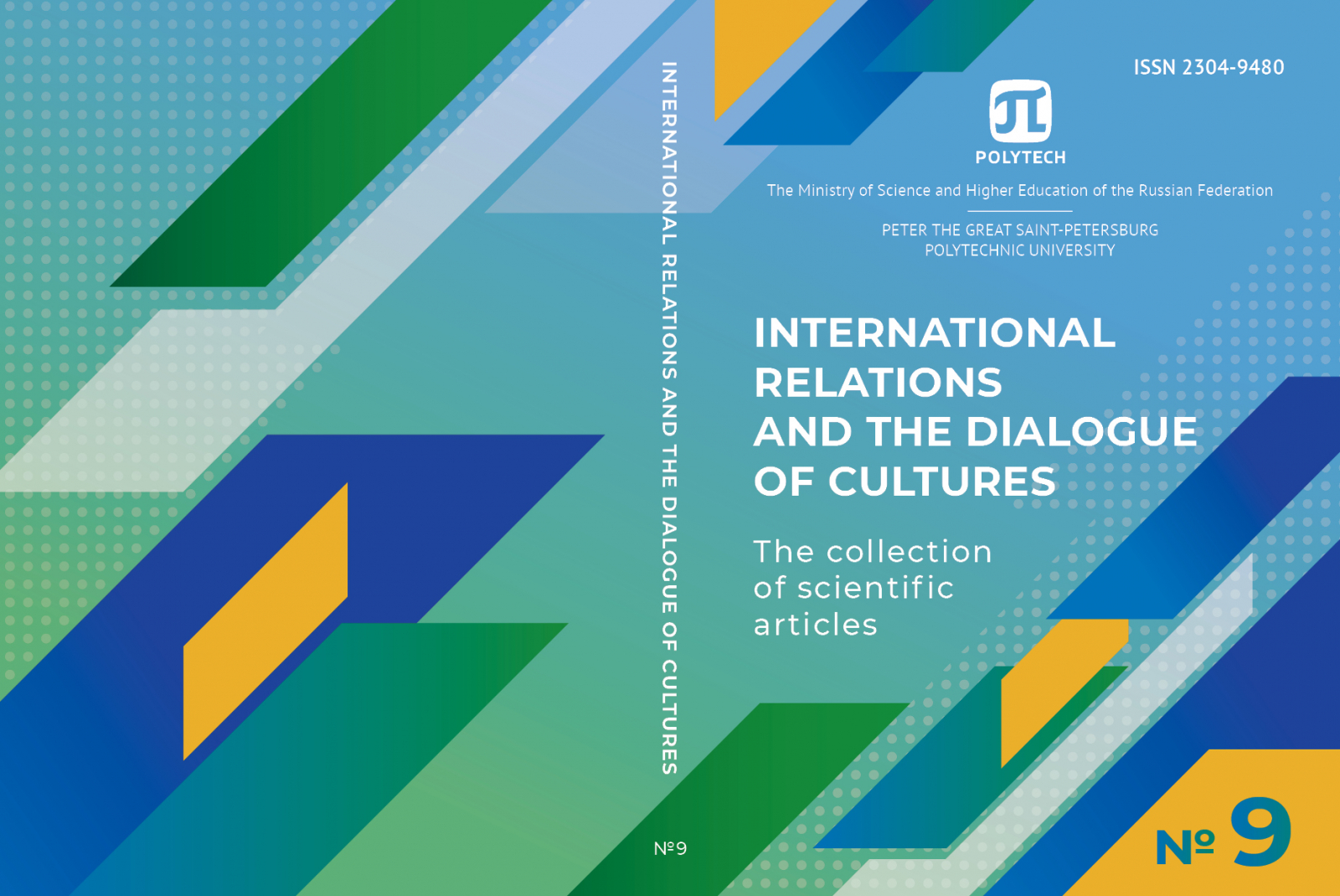SPECIAL FEATURES OF THE FINNISH MIGRATION POLICY
The relevance of this work is based on the constant growing attention of the Finnish government towards the migration problems. Nowadays the work of the Finnish Parliament (Eduskunta) is aimed at the migration policy development, its budget, and financial procedures upgrading. Moreover, the government tries to take into consideration its previous unsuccessful migration experience. Furthermore, numerous integration programs are developed to facilitate the process of the migrants’ adaptation to a new society and to get them involved in the Finnish labor market.
As the Finnish Parliament consists of ten political parties, which form the government’s policy (including mentioned earlier migration questions), it is reasonable to analyze political programs of the most popular Finnish political parties as they have the majority places in the parliament and do have the biggest impact on the course of the policy of Finland. The paper examines the migration policies of “Social Democratic Party”, “Centre Party”, “Finns Party”, “National Coalition” parties. The parties’ programs that consider the questions of immigrants, refugee quotas, integration programs, and the financial support for immigrants are explored.
Thereby the goal of the article is to consider the model of the Finnish migration policy. To achieve the goal the following tasks were set: to examine migration programs of the most popular Finnish political parties; to analyze the dynamic of the Finnish migration policy development.
As the result, the following features of the Finnish migration policy were found. Thus, the immigration policy is an important part of the whole Finnish government’s policy and tends to simplify the migration process. The particular emphasis is placed on labor migration; this type of migration has the highest governmental financial support. Moreover, the majority of the most popular Finnish parties endorse active labor migration as Finnish population is getting older and requires additional manpower. The attention is also drawn to the integration programs’ development as the level of unemployment among the already living in Finland migrants is high, and the majority of migrants do not speak either Finnish or Swedish well enough. Nevertheless, most of the Finnish political parties support the EU migration level and aim to improve their migration policy in order not to make the mistakes of the immigration crisis of 2015.


